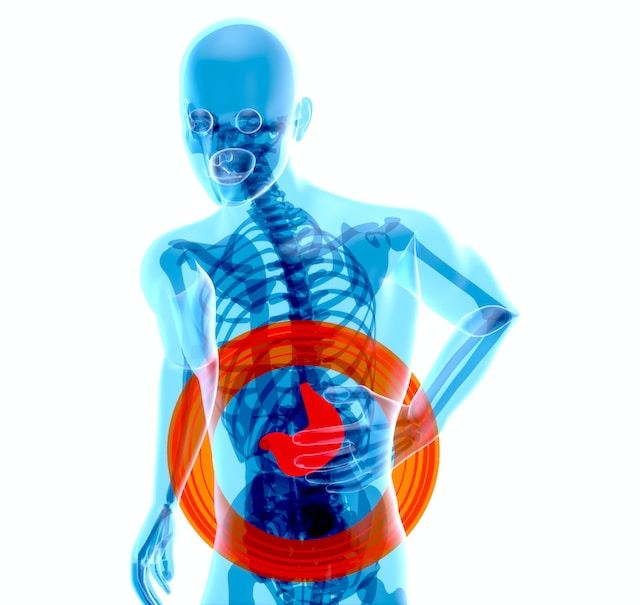Fatty liver disease, a growing health concern with potentially severe consequences, requires early diagnosis for effective management. In this article, we explore the tests and procedures involved in diagnosing fatty liver disease, shedding light on the tools that healthcare professionals utilize to identify and assess this condition accurately.
Fatty liver disease, characterized by the accumulation of fat in liver cells, can exist in various forms, including alcoholic fatty liver disease (AFLD) and non-alcoholic fatty liver disease (NAFLD). NAFLD, the more prevalent form, is further categorized into non-alcoholic fatty liver (NAFL) and non-alcoholic steatohepatitis (NASH), the latter being the more severe and progressive form.
Diagnosing fatty liver disease involves a combination of clinical evaluation, laboratory tests, imaging studies, and, in some cases, liver biopsy. The process aims to assess the extent of liver damage, determine the type of fatty liver disease, and guide appropriate treatment decisions.
During a clinical evaluation, healthcare professionals will gather the patient’s medical history, including risk factors such as obesity, diabetes, high cholesterol, and alcohol consumption. They will inquire about symptoms, if present, and conduct a physical examination to assess the liver’s size and tenderness. This initial assessment helps guide further diagnostic steps.
Blood tests play a crucial role in diagnosing fatty liver disease. These tests measure liver enzyme levels, such as alanine aminotransferase (ALT) and aspartate aminotransferase (AST), which can indicate liver inflammation or damage. Elevated levels of these enzymes can prompt further investigation into the presence of fatty liver disease. Additionally, blood tests may assess markers of liver function, cholesterol levels, and the presence of underlying conditions such as diabetes or viral hepatitis.
Imaging studies provide valuable insights into the liver’s structure and help identify the presence of fatty liver disease. Ultrasound, a commonly used imaging technique, uses sound waves to produce images of the liver. Ultrasound can reveal liver fat accumulation and assess the overall health of the organ. However, it may not accurately differentiate between NAFLD and NASH.
Other advanced imaging modalities, such as computed tomography (CT) and magnetic resonance imaging (MRI), can provide detailed information about liver fat content, inflammation, and fibrosis. These techniques are particularly useful in distinguishing between NAFLD and NASH, as well as assessing the severity of the disease.
In certain cases, a liver biopsy may be necessary to confirm the diagnosis and evaluate the extent of liver damage. During a biopsy, a small tissue sample is extracted from the liver using a needle. This sample is then examined under a microscope to identify the presence of fat, inflammation, and fibrosis. While a liver biopsy is considered the gold standard for diagnosing fatty liver disease, it is an invasive procedure and may carry risks. Therefore, its use is often reserved for cases where the diagnosis is uncertain or when additional information is needed to guide treatment decisions.
In recent years, non-invasive alternatives to liver biopsy have emerged, offering promising diagnostic options. These include specialized imaging techniques like transient elastography (FibroScan) and blood-based biomarker tests. Transient elastography measures liver stiffness, which can indicate fibrosis or scarring. Blood-based biomarker tests analyze specific proteins or genetic markers associated with fatty liver disease to provide insights into the disease’s severity and progression.
In conclusion, diagnosing fatty liver disease involves a comprehensive approach that combines clinical evaluation, blood tests, imaging studies, and, when necessary, liver biopsy. Advances in non-invasive techniques offer promising alternatives to traditional biopsy methods. Early and accurate diagnosis enables timely intervention, allowing individuals with fatty liver disease to receive appropriate care and make lifestyle modifications to mitigate the disease’s progression. By staying informed and working closely with healthcare professionals, individuals can navigate the path to early detection and take control of their liver health.









